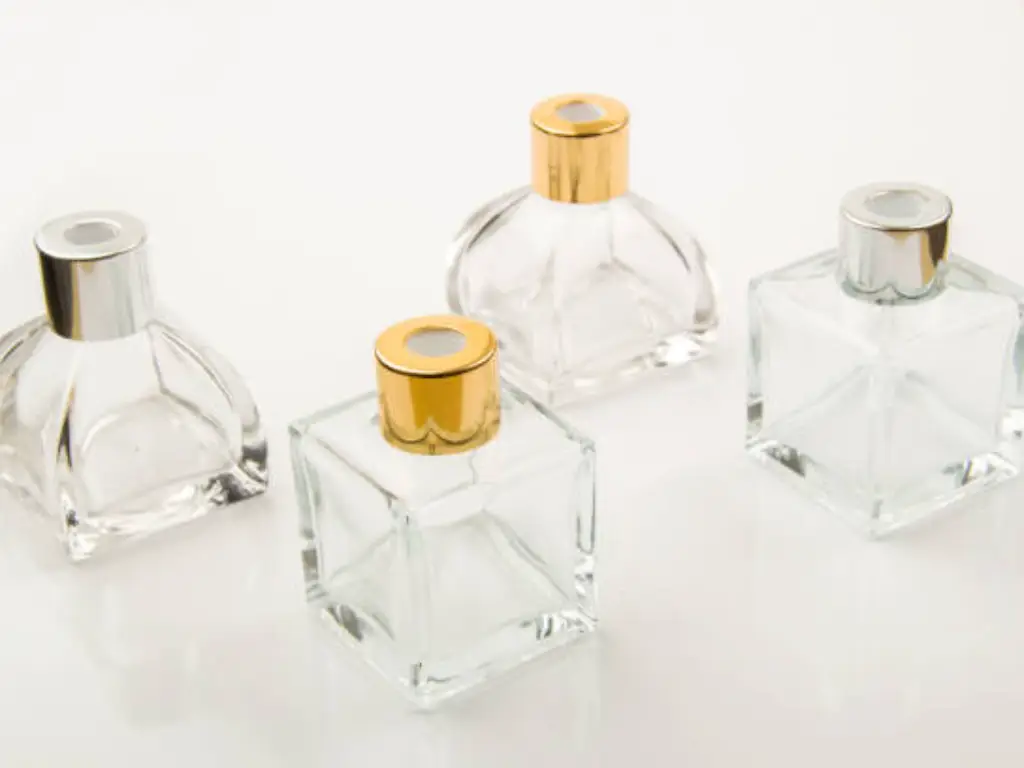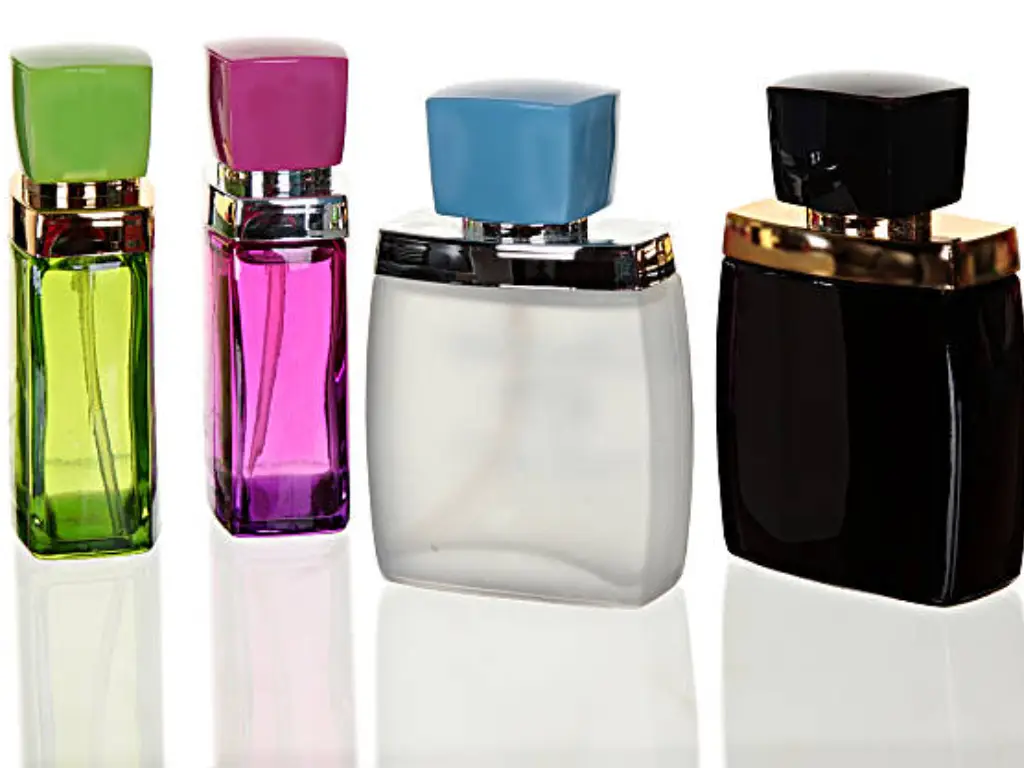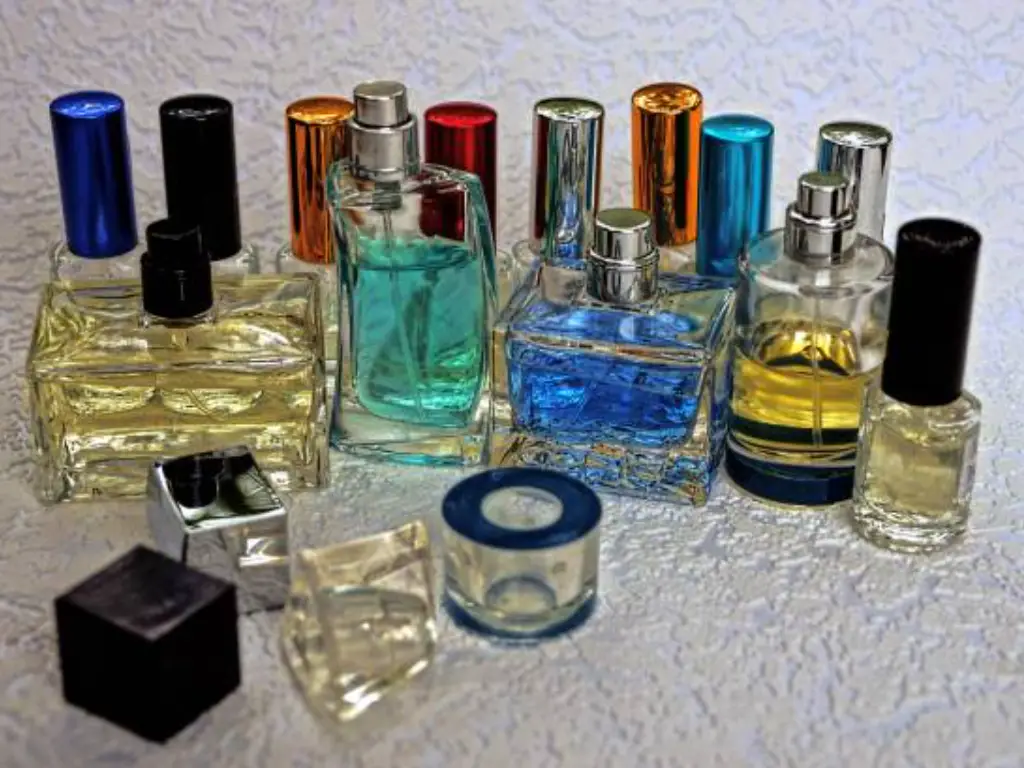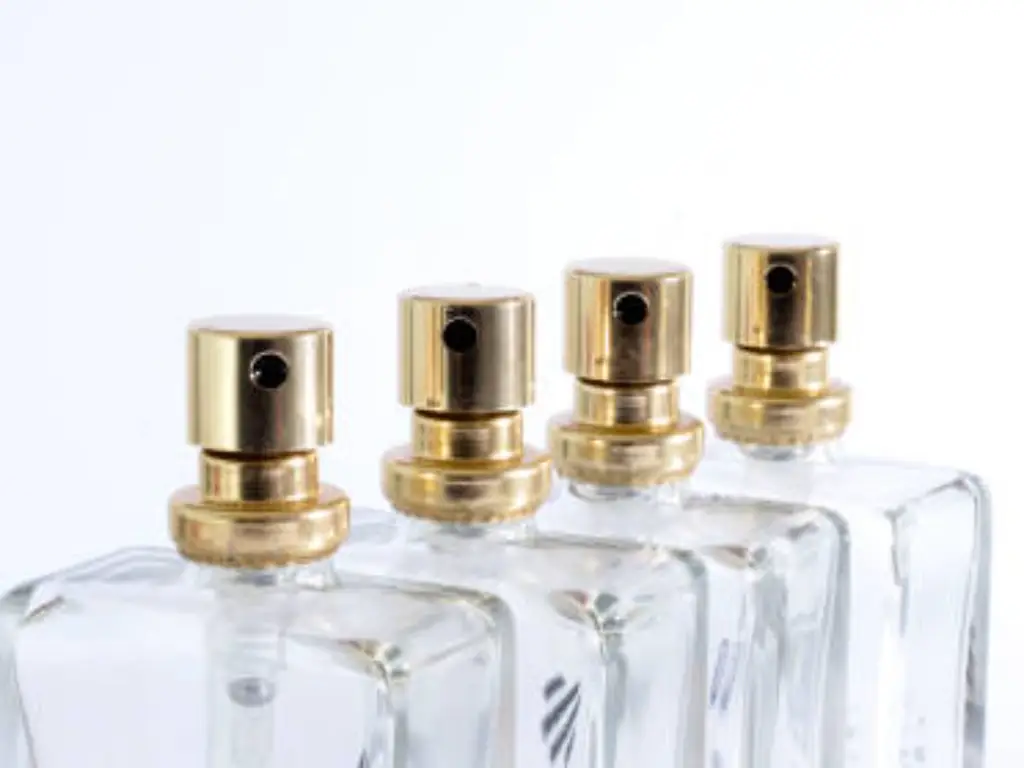Overview of Perfume Bottle Sizes
In the multifaceted realm of olfactory delights, the dimension of a perfume container is a critical element that warrants meticulous consideration. The process of selecting an appropriate perfume bottle transcends mere aesthetic appeal or the initial financial outlay; it involves identifying a size that harmoniously aligns with one’s lifestyle, frequency of application, and olfactory preferences. This selection is akin to choosing a sensory companion, where the ideal volume ensures an optimal balance of your signature scent—never too overwhelming nor insufficiently present.
The array of available perfume bottle sizes can often present a conundrum, particularly for novices in the fragrance domain. Typically, the spectrum ranges from petite 30 ml (1 oz) vials to more voluminous 200 ml (6.76 oz) versions. A comprehensive understanding of these dimensions is paramount for any individual intent on making an educated acquisition. This knowledge is especially pertinent when selecting between a light, ephemeral scent for balmy summer days or a more potent, enduring fragrance for nocturnal events. The variety of bottle sizes caters to an extensive range of preferences, from those who prefer a minimal amount of fragrance for subtle enhancement to aficionados seeking a sizeable bottle for a more pronounced olfactory statement.
Understanding Perfume Volume: Ounces and Milliliters
The Disparity Between Fluid Ounces and Milliliters
In the sophisticated arena of perfumery, the measurement of volume is primarily delineated in two distinct units: fluid ounces (fl oz), predominantly utilized in the United States, and milliliters (ml), which serve as the global standard. The criticality of recognizing the equivalence of one US fluid ounce as approximately 29.57 ml cannot be overstated. This knowledge is indispensable for accurately comparing international perfume bottle sizes and adhering to travel regulations, ensuring an informed selection of perfume sizes that align with personal usage requirements.

A Detailed Conversion Table for Common Perfume Bottle Sizes
A nuanced understanding of the relationship between fluid ounces and milliliters is pivotal for navigating the myriad options in perfume bottle sizes. To elucidate, a concise conversion guide is provided:
| Bottle Size (ml) | Equivalent in Fluid Ounces (fl oz) | Common Use |
| 30 ml | ≈ 1 fl oz | Ideal for personal use, small bottle |
| 50 ml | ≈ 1.7 fl oz | Conventional size for regular users |
| 100 ml | ≈ 3.4 fl oz | Bigger bottle for extended use |
| 200 ml and above | ≥ 6.8 fl oz | Large bottle for dedicated enthusiasts |
Navigating the Landscape of Perfume Bottle Sizes: A Comprehensive Guide
Small Perfume Bottles: Convenience versus Practicality
Petite perfume containers, typically spanning from 5 ml to 30 ml, embody the epitome of convenience for the avid traveler. Their compact size not only complies effortlessly with most airline liquid restrictions but also provides an effortless means to transport one’s favorite scent across borders. These smaller bottles of perfume offer enthusiasts the opportunity to explore a new scent without the commitment demanded by a larger volume.
Despite their convenience, these smaller vessels may not always represent the optimal choice. The initial cost per milliliter in these smaller sizes can be comparatively steep, and their limited capacity results in a shorter lifespan—hardly ideal for a particular scent worn routinely. Furthermore, they often lack the visual allure and tactile satisfaction offered by their more substantial counterparts, thus potentially diminishing the overall sensory experience.
Medium-Sized Bottles: Striking an Equilibrium
Medium-sized perfume bottles, particularly those in the 50-ml (1.7 oz) and 100-ml (3.4 oz) ranges, adeptly balance both volume and expense. They emerge as a judicious selection for individuals who favor a specific, perhaps light scent for daily use yet do not exhaust it rapidly. These sizes also cater superbly to those who prefer rotating among several cherished fragrances, making them a great option for a diverse olfactory collection without the concern of premature expiration.
Opting for a medium-sized bottle in the right size facilitates a variety of scents, catering to different moods and occasions. It’s a pragmatic approach that greatly benefits fragrance aficionados who value diversity in their assortment, allowing for a broader exploration of scents within a reasonable economic and practical framework.

Large Perfume Bottles: Embracing the Commitment
Substantial perfume bottles, generally exceeding 200ml, are synonymous with exceptional economic value, particularly for those with a deep-seated allegiance to a specific aroma. These larger bottles, often the best choice for a long-time favorite scent, endure over extended periods, thereby curtailing the frequency of replacement purchases. A large bottle of perfume stands as a testament to the wearer’s profound attachment to a particular essence, prominently adorning any dressing space with its presence.
However, the larger dimensions of these bottles introduce distinct challenges in terms of conservation and storage. To avert the degradation of the fragrance, it is imperative to store these bottles in a dark place, devoid of light and heat. Additionally, their considerable size may prove cumbersome for individuals with constrained storage capacity or for those who frequently travel for a long time, requiring thoughtful consideration in terms of practicality and space management. In such cases, a smaller bottle or a variety of sizes might be more suitable, ensuring that the right size bottle is always at hand.
Travel-Friendly Perfume Sizes and Regulations
In the realm of air travel, adherence to the Transportation Security Administration (TSA) guidelines is paramount, especially concerning the carriage of liquids. The TSA stipulates that individuals are permitted to carry fragrance bottles with a maximum capacity of 3.4 ounces (approximately 100 milliliters) in their carry-on luggage. This specific regulation renders the selection of small to medium-sized bottles of fragrance not only practical but also necessary for those wishing to travel with their preferred scent.

Precision in Selecting the Ideal Perfume Bottle Size
Evaluating Usage Patterns for Tailored Bottle Size Selection
To ascertain the most suitable size of a perfume bottle, an exhaustive and nuanced analysis of individual usage patterns is paramount. This process entails a meticulous evaluation of both the frequency and quantity of perfume juice utilized, tailoring the decision to the user’s unique consumption habits. For enthusiasts who exhibit a consistent preference for a particular scent, opting for a larger bottle size is often the most judicious and practical choice. In contrast, individuals who favor a varied olfactory palette or who apply fragrance sparingly may find that smaller or medium-sized bottles align more closely with their needs. After confirming the capacity, it is easier to choose different types of perfume bottles.
Further, it is imperative to contemplate one’s fragrance predilections. Denser, more intensely concentrated aromas are generally best suited to smaller volumes, as their robust nature necessitates minimal application. Conversely, lighter and subtler scents, often employed more generously, warrant larger bottles for optimal use. A prime example is cool cologne bottles. The choice of bottle size should also be influenced by the diverse contexts in which the perfume will be utilized—ranging from everyday wear to special occasions or travel—thereby ensuring the selection is both functional and versatile.
Analyzing Cost Efficiency Across Diverse Bottle Sizes
The economic analysis of the cost per application is a frequently overlooked yet critical aspect in selecting an appropriate perfume bottle. This evaluation is vital for a comprehensive understanding of the true financial value of the purchase. Generally, larger bottles offer a reduced cost per application, making them a more cost-effective option in the long run. This consideration becomes especially salient for cherished fragrances that are used habitually. Electing a greater volume of fluid can culminate in substantial economic savings over time, particularly when juxtaposed with the repeated acquisition of smaller bottles or the compromise of purchasing cheaper perfumes. This strategic selection not only guarantees a continuous supply of one’s favored fragrance but also significantly enhances the fiscal prudence of one’s investment in a personal scent repertoire.

Tips for Storing Different Sizes of Perfume Bottles
In the realm of fragrance preservation, meticulous attention to the storage conditions of variously sized perfume bottles is paramount. It is imperative to sequester these scent vessels in an environment that is both temperate and devoid of light, particularly shunning the deleterious effects of direct solar exposure and thermal sources. The spatial demands of more voluminous containers necessitate a pre-emptive evaluation of storage capacities prior to acquisition.
Ensuring the integrity of the aromatic properties necessitates a vigilant approach to maintaining an airtight closure of the bottle when not in deployment. This practice is instrumental in thwarting the oxidative processes that could erode the fragrance’s distinctive bouquet. For aficionados and collectors, especially those possessing larger flacons that are predisposed to longer shelf lives, it is advisable to periodically scrutinize both the olfactory and visual aspects of the perfume, as these are telltale indicators of its current state.
Additional counsel for the connoisseur involves the strategic placement of silica gel packets within the storage area. This desiccant aids in regulating humidity, thereby further safeguarding the perfume’s essence. Moreover, it is prudent to avoid storing perfumes in environments with fluctuating temperatures, as this can precipitate degradation of the scent’s complexity and depth.
Conclusion: Navigating the Selection with Acumen
In conclusion, the discernment involved in selecting an optimal perfume bottle size hinges on an amalgamation of various factors, including habitual usage patterns, olfactory predilections, and the quest for economic viability. The spectrum of choices, encompassing petite, intermediate, or substantial flacons, demands a tailored approach, one that resonates with individual requirements and augments the overall fragrance journey. Armed with informed insight and thoughtful deliberation, aficionados are poised to pinpoint the quintessential volume for their distinctive aroma, striking a delicate equilibrium between functionality and sensory delight.
Seeking a trusted perfume bottle manufacturer? Daxin’s 37 years of experience and a large 20,000㎡ facility ensure exceptional quality and service. Our production capacity of 60,000 bottles daily and commitment to sustainability make us the perfect partner. Contact us for superior glass bottles.



